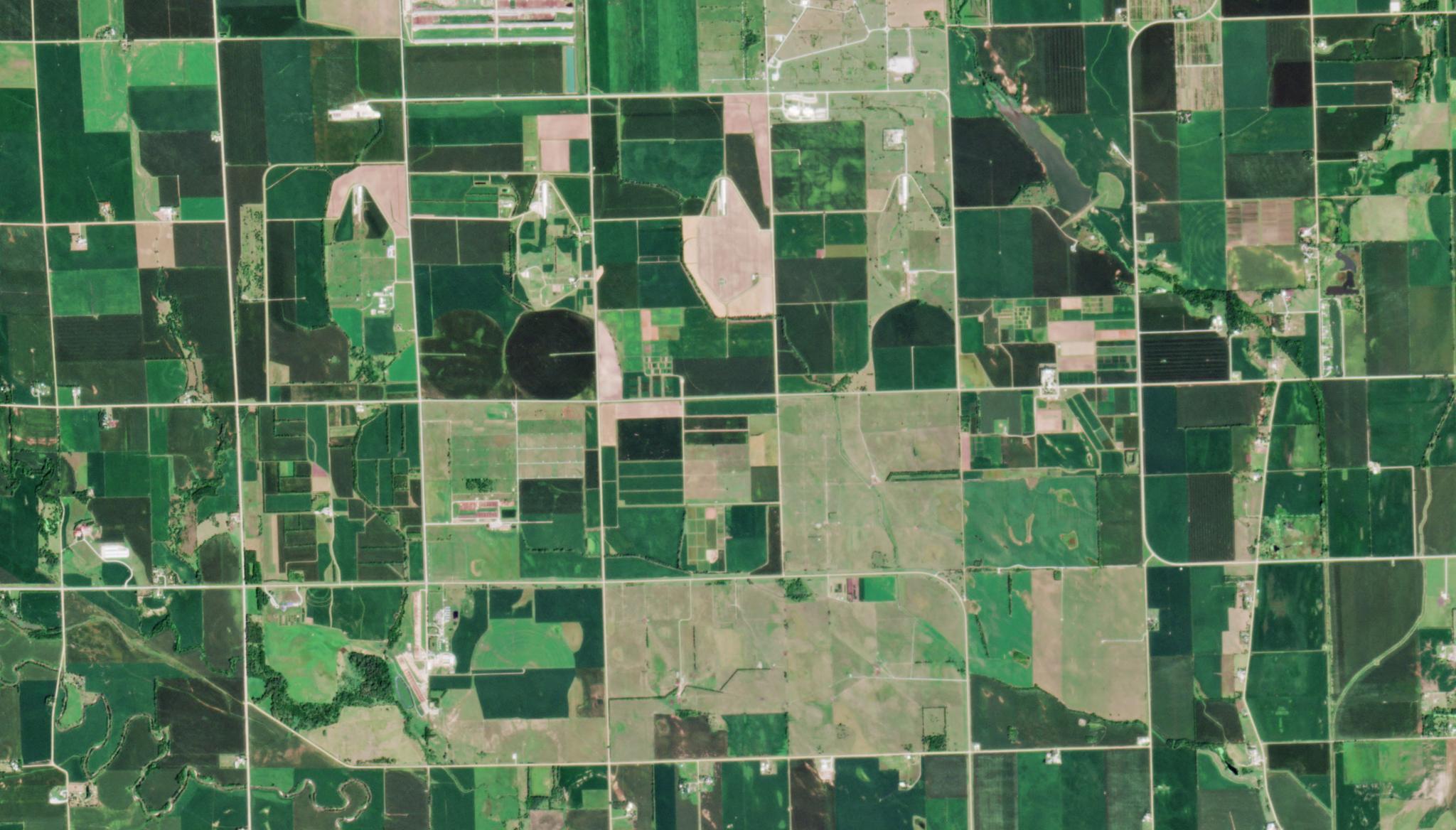Planet Fusion assimilated in early season prediction model of crop yield variability, supporting food security and agricultural management
With more precise agricultural data, farmers and agronomists can project seasonal yield information with greater accuracy and within more rapid timeframes. These insights can help farmers make informed decisions on how to manage their crops throughout the growing season, and this data also helps policy makers and governments drive food security efforts. With this in mind, researchers from King Abdullah University of Science and Technology, University of Nebraska-Lincoln, University of Southampton, and the NASA Jet Propulsion Lab (JPL) located at the California Institute of Technology worked with Planet to evaluate the capabilities of early season prediction models of within-field crop yield variability with integrated Planet satellite data. The research leverages Planet’s Fusion product, which distills observations from multiple satellites including PlanetScope and Sentinel-2, into a unified, stable, and richly informative dataset. The research explored how the integration of these datasets into the model revealed in-field data on a rainfed maize field in Nebraska. Notably, the procedure did not require in-field yield data to calibrate the regression model used, allowing for the generation of yield forecasts without the need to wait for an actual satellite overpass. This approach reduced yield prediction error and enabled the creation of results without concern for cloud cover or other meteorological conditions. “Such a capacity to provide spatially explicit yield predictions early in the season has considerable potential to enhance digital agricultural goals and improve end-of-season yield predictions,” said the authors. This full study can be found in Agricultural and Forest Meteorology.

Ready to Get Started
Connect with a member of our Sales team. We'll help you find the right products and pricing for your needs.


